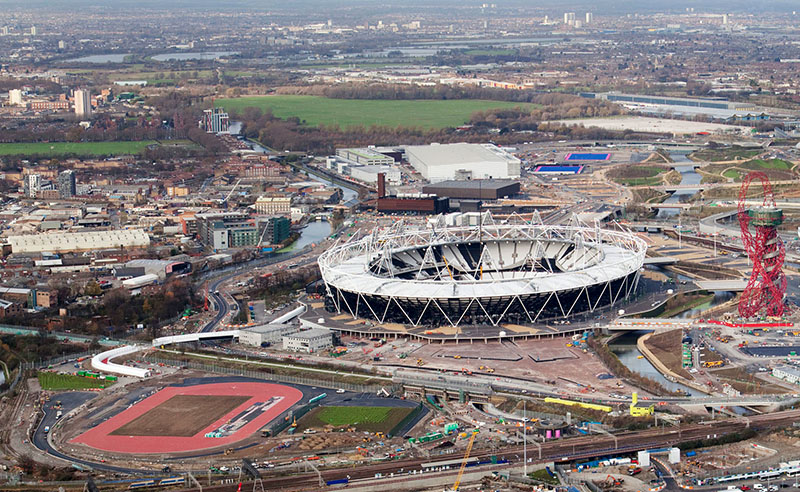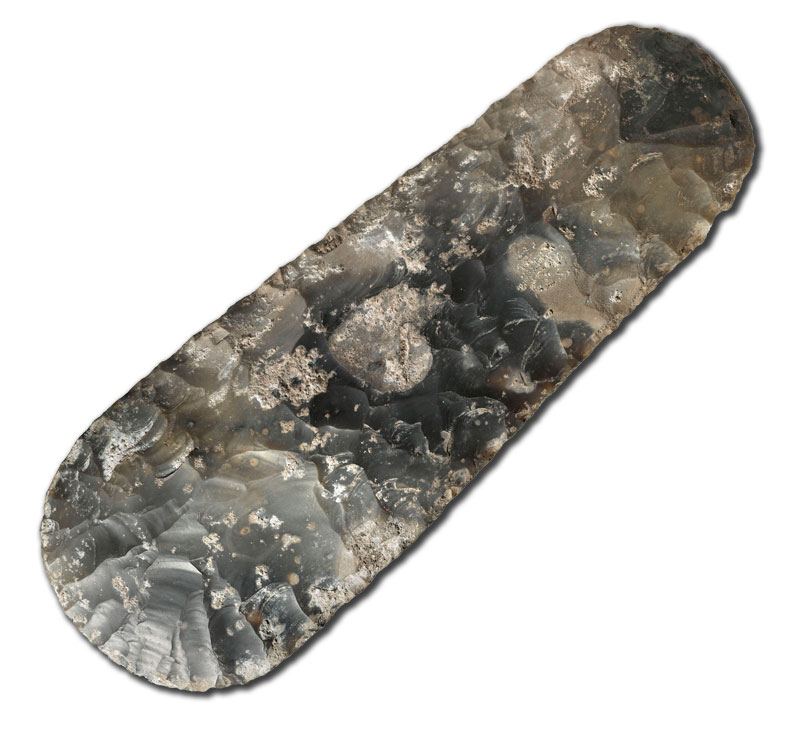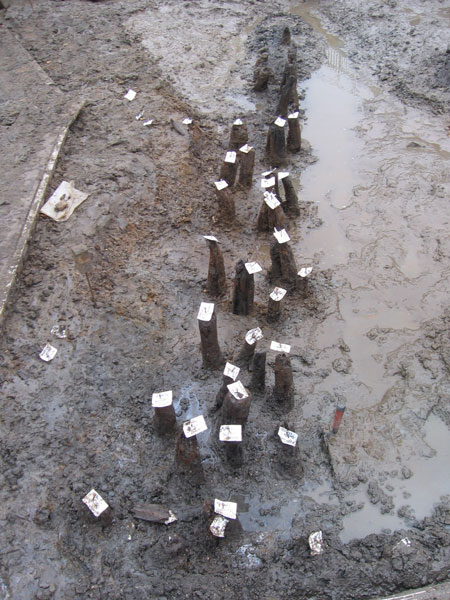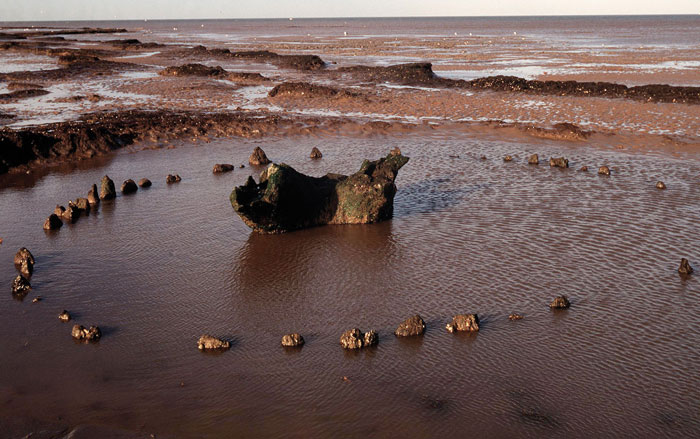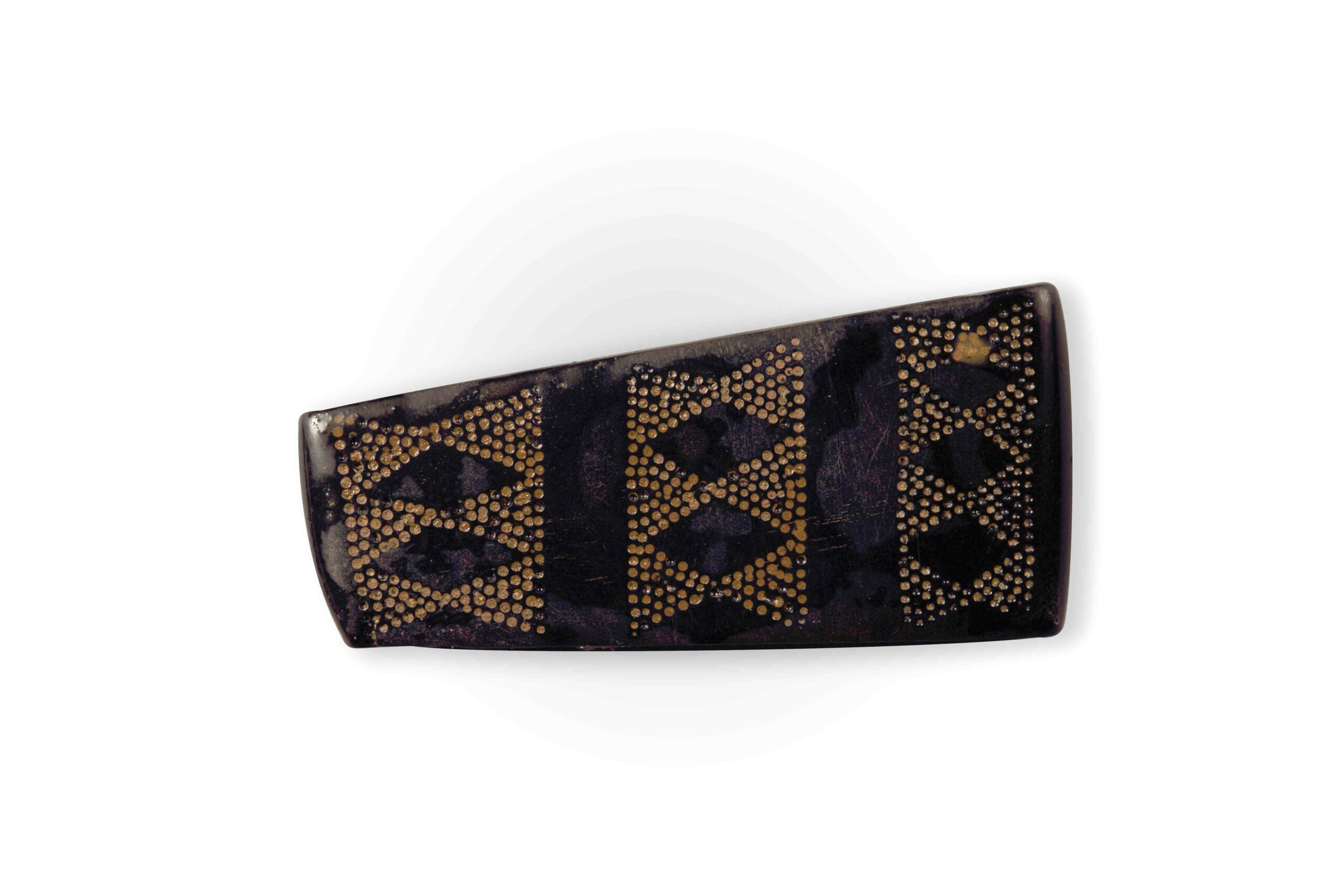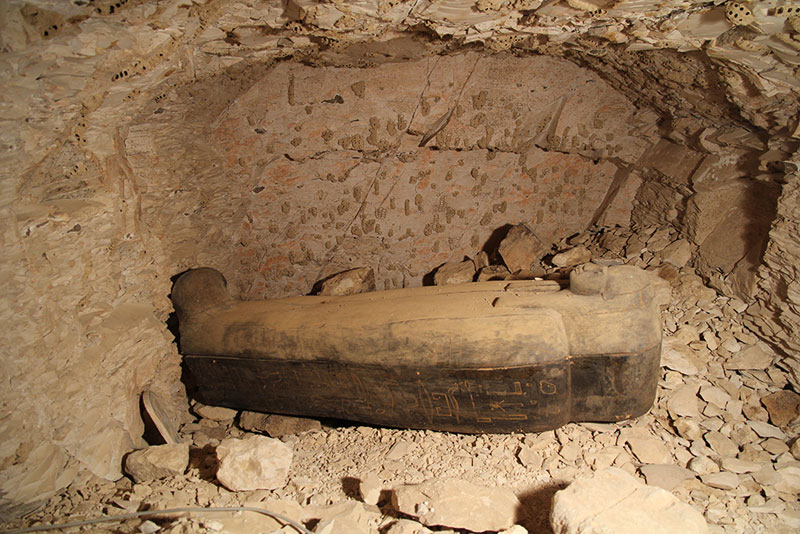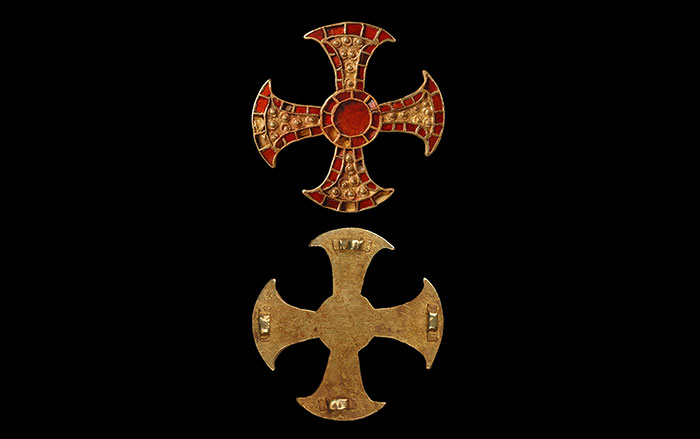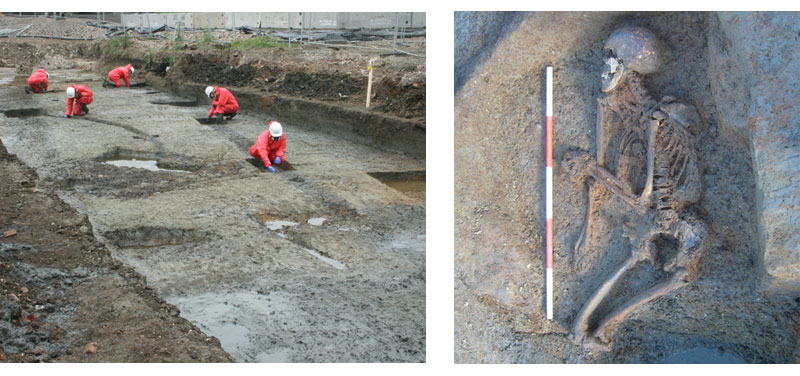
Great transformations took place in the Olympic Park during the Middle Bronze Age, starting around 1400 B.C. It seems that, over the course of only a few hundred years, people divided up areas of potentially productive agricultural land into rectangular fields, each surrounded by ditches, and possibly lined with hedges. This transformation is vividly illustrated by the largest trench, dug at the site of the Aquatics Centre, where the archaeologists revealed a clear pattern of field-boundary ditches. A bigger picture of prehistoric life emerged with the further discovery of eight roundhouses, one dated to the Bronze Age, and seven to the Iron Age (700 B.C.–A.D. 43). There were also several burials, including two Late Bronze Age cremations, both radiocarbon dated to around 1000 B.C., an inhumation burial dated to between 110 B.C. and A.D. 60, and three inhumations of uncertain dates, possibly spanning the time from the Bronze Age to the early Roman era. For millennia, it seems that the people in this area lived and died near their land. Unfortunately, periodic flooding appears to have made their waterside settlement too wet for habitation, leading to its abandonment in the Late Iron Age.


